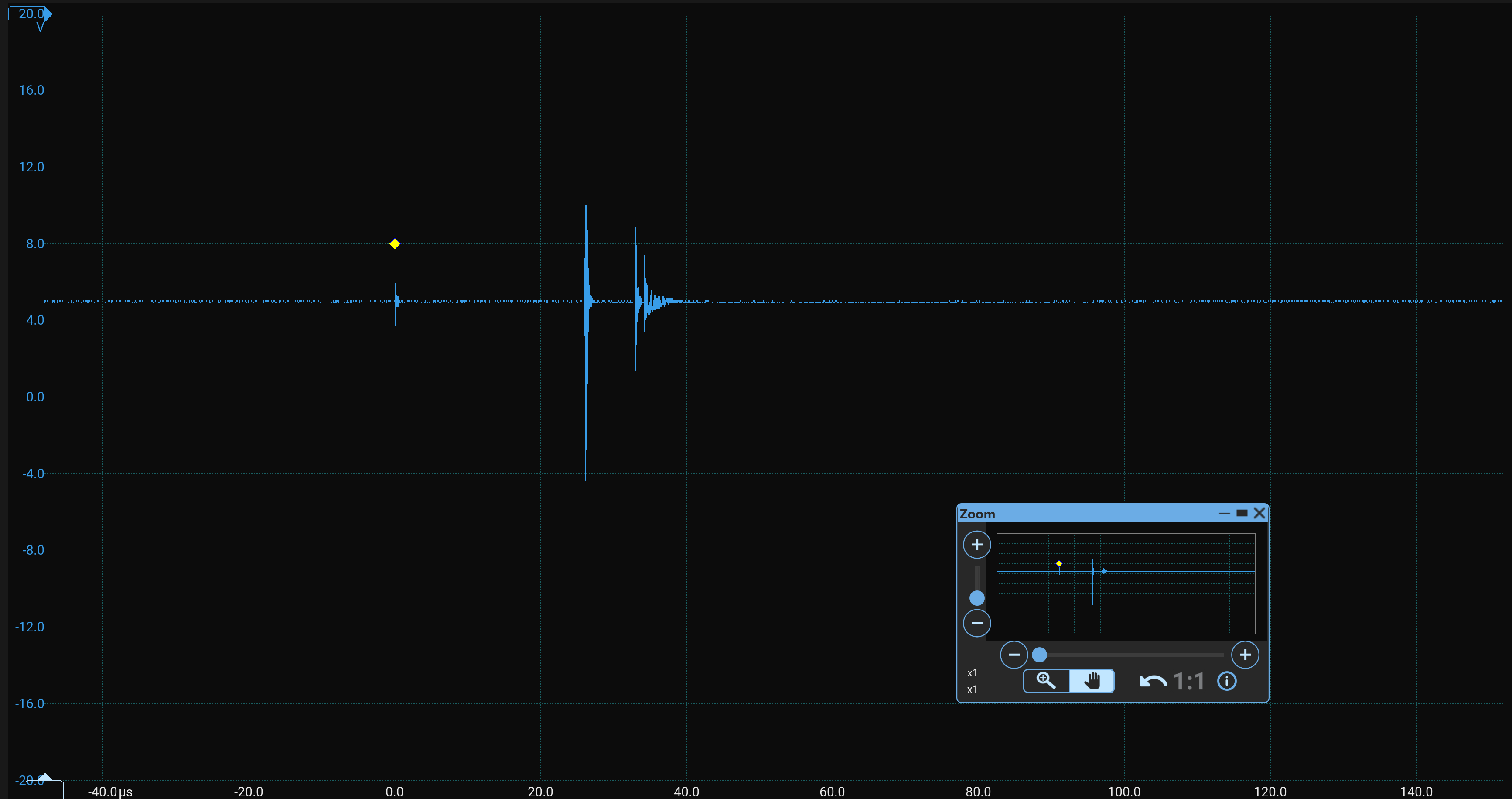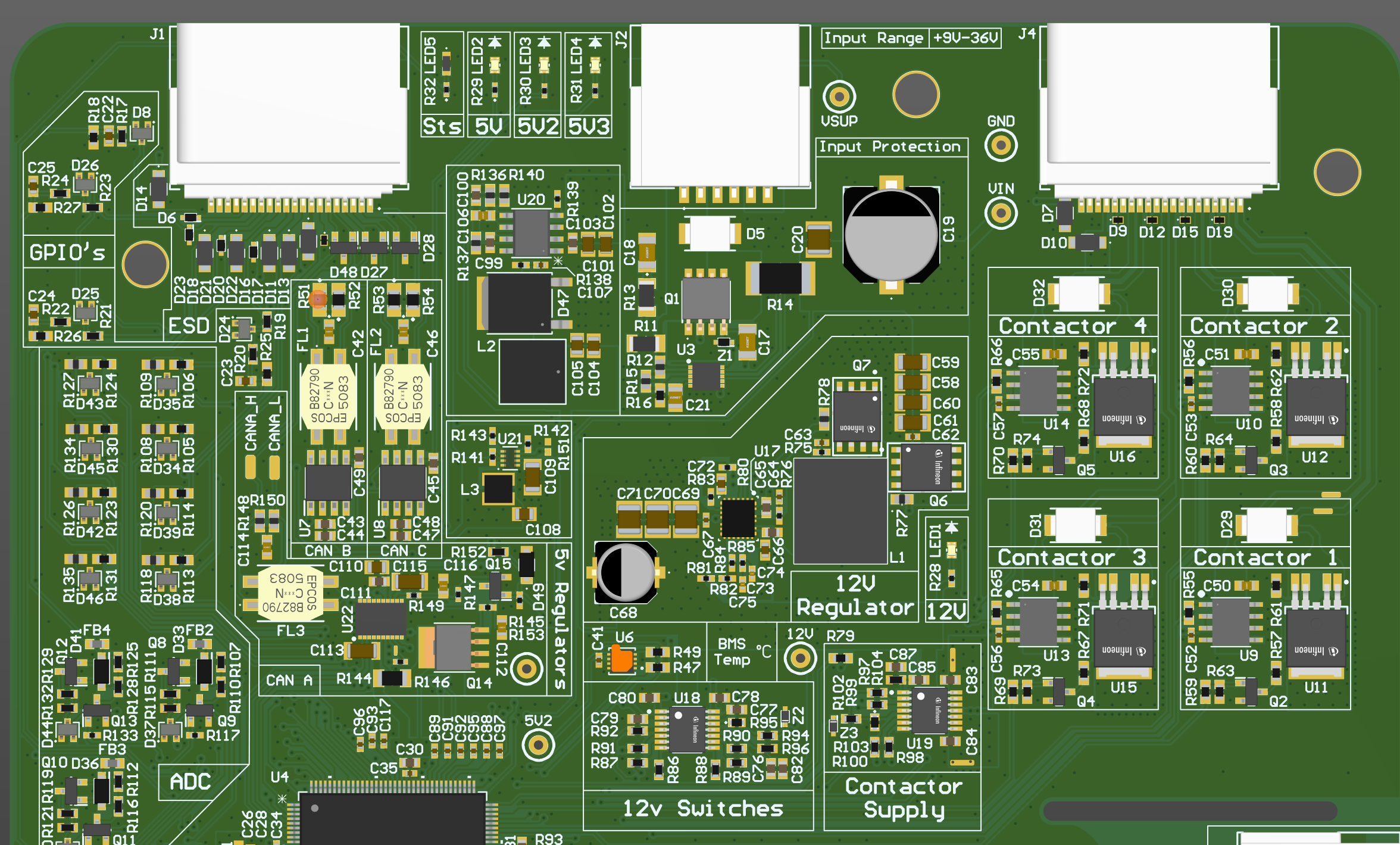I have a PCB that I am currently supplying 12V which has control of multiple contactors (12V coils with built in economizer so a set voltage should be all that is needed). The board closes all 5 contactors at start up after checking all is ok (300ms apart to allow for max pickup current time so that the higher driving loads do not overlap).
The issue I am having is that occassionaly on startup the board closes the first contactor and immediately opens (The sound is instant I just haven't checked on a scope as I don't have the product on hand just yet!). This opening is because the MCU resets. What is weird is that it does this once and maybe a second time but then it works absolutely fine then goes through the routine and closes all 5 contactors and keeps them closed with the rest of the PCB working perfectly from then on.
I was mainly just seeing if I am doing something or thinking of something obviously wrong? Mainly as I would normally expect an issue on opening contactors, not closing.
Here is a top level overview of what the PCB does, I can share schematics if more useful?
The only issue I can see is that the diode is on the PCB and the low side of the contactor is connected to chassis GND to could the path be going though that instead of the diode? Although, as mentioned I would expect an issue with opening and not closing.
Maybe a ground loop issue as the whole PCB is on a shared GND plane that is solid on the 2 inner layers and stitched through to top and bottom as well, do I need to seperte this more?
Thanks in advance!
EDIT:
I managed to squeeze a probe in today to measure a few points. These are all captured when the contactor cuts out the MCU, luckily (Or unluckily) it was fairly repeatable.
This is the 5V supply to the MCU with my probe reference on chassis GND:

The GND of the PCB with the scope reference on chassis GND:

Here it is at a lower division to show more:

So it looks like the closing of the contactor does great some sort of interference that is seen by everything in the circuit. I am just not sure how to fix this in the board revision.
For this unit I don't have tiem for new boards so I was thinking of using ferrites around the contactor cable to see if any of there spikes are filtered out.






